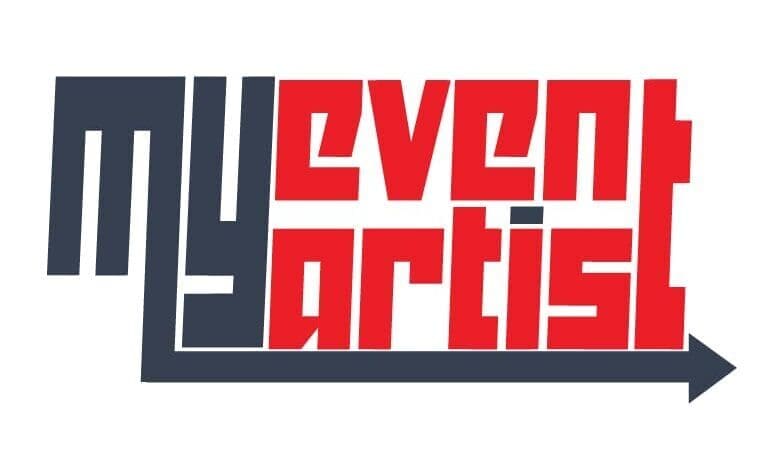Vector icons play an integral role in modern design, adding visual appeal, clarity, and functionality to various projects. However, sometimes you may come across pre-designed vector icons that don’t match your desired color scheme. Thankfully, the ability to colorize vector icons provides a valuable opportunity to customize their appearance and seamlessly integrate them into your design. In this article, we will explore techniques for effectively colorizing vector icons, empowering you to create cohesive and visually striking compositions that align with your preferred color scheme. Let’s embark on this journey to unlock the potential of vector icons and revolutionize your design aesthetics.
Importance of Colorizing Vector Icons:
Colorizing vector icons allows you to harmonize them with your design’s color palette, reinforcing brand identity, establishing visual consistency, and optimizing user experience. By recoloring vector icons, you can effortlessly adapt them to fit diverse projects such as websites, applications, presentations, and more.
Effective Techniques for Colorizing Vector Icons:
To successfully colorize vector icons and achieve seamless integration, consider the following techniques:
- Preparation:
- Ensure the vector icons you are using support customization and are in a format compatible with editing software like Adobe Illustrator or similar programs.
- Make a copy of the original icon to preserve the original colors and design integrity before making changes.
- Selecting Colors:
- Identify your desired color scheme, considering the overall aesthetics and purpose of your design.
- Use color theory principles to choose colors that harmonize well with each other and convey the desired mood or message.
- Using Fill and Stroke Options:
- In software like Adobe Illustrator, select the desired vector icon and access the Fill and Stroke options.
- Choose the fill color and apply it to the selected elements of the vector icon, modifying its appearance.
- Exploring Gradient and Transparency Effects:
- Experiment with gradient fills to add depth, dimension, and visual interest to vector icons.
- Consider applying transparency effects to achieve interesting overlays or shadow-like effects.
- Considering Consistency:
- Maintain consistency within your design by applying the same color scheme to multiple vector icons, ensuring a cohesive visual language.
Conclusion:
Colorizing vector icons offers a powerful tool for enhancing your design aesthetics, enriching user experience, and establishing brand identity. By following effective techniques such as thorough preparation, selecting suitable colors, utilizing fill and stroke options, exploring gradient and transparency effects, and prioritizing consistency, you can seamlessly integrate vector icons into your design using custom color schemes. Embrace the flexibility of vector icons and elevate your design projects to new levels of visual appeal and cohesiveness. To explore more design inspiration, find professional services, and further enhance your creative journey, visit our website at https://myeventartist.com. Let us guide you in customizing vector icons and achieving remarkable design outcomes that capture attention and leave a lasting impression.

